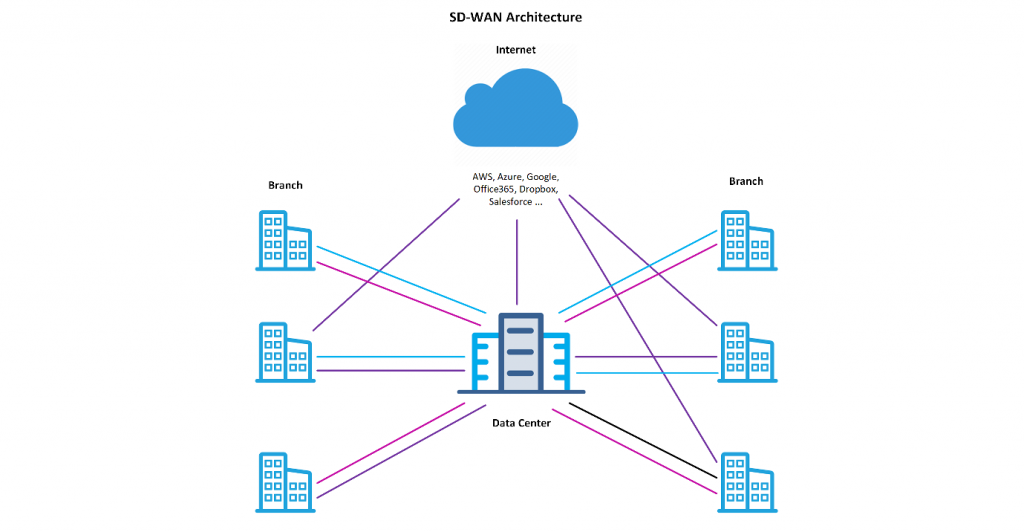
SD-WAN – Why is it becoming more and more relevant?
As you know, there has been a huge increase in the use of Software as a Service (SaaS) and Infrastructure as a Service (IaaS) offerings. This has made WAN become the main protagonist to achieve the new technology trends in the industry:
- Applications are moving to the cloud (private and public).
- Internet edge is moving to the remote branch sites.
- Mobile devices (BYOD and guest access).
- High-bandwidth applications.
- IoT devices.
Businesses are also looking for ways to improve the user and application experience with what they currently own as well as to drive cost down. It is key to evolve from a “connectivity centric” to an “application centric” infrastructure that focuses on user experience, simplicity and security. Software-defined advancements, and SD-WAN in particular, provide these benefits:
- Prioritize and secure traffic.
- End-to-end segmentation and topology independence.
- Reduce costs and lower operational complexity.
- Faster branch deployments.
- Increase WAN bandwidth and performance.
- Provide a consistent, high-quality user experience.
- Offload guest and public cloud traffic.
- Ensure remote site uptime.
From what was explained above and given my background as a Network and Security Architect both “On-prem” and “Cloud”, delving into the new Cisco SD-WAN features related to security, migration or Cloud onRamp seems the next natural step in my professional development. Therefore, the following blog posts will address this topic, beginning with an introduction to SD-WAN Policies.
LET’S GET STARTED!
Subscribe to our newsletter!